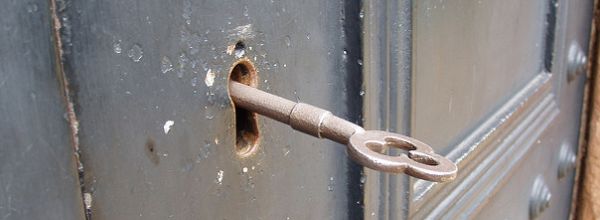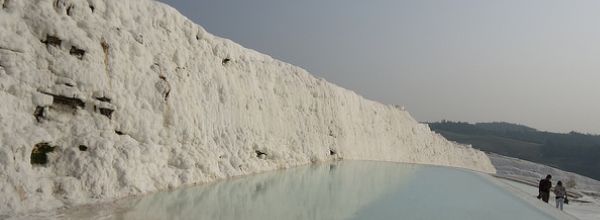We all know that stars are easier to see against the dark background of the night than they are to see against the bright sky of day. Well did you also know that the same may be true of your microscope specimen? Dark field microscopy is a popular microscope technique that makes your unstained transparent specimens appear bright against a dark background.
How does dark field differ from conventional microscopy?
In conventional bright field illumination, your specimen is lit from a central light source (you can read more about bright field microscopy in this Bitesize Bio article). This results in a large contrast image. However, in dark field microscopy this light source is blocked by a condenser or a ‘stop’ below the stage. This condenser or stop scatters the light allowing only oblique rays to reflect and refract off your specimen which in turn creates a bright image on a dark background.
What does my scope need to do dark field?
Most stereo and compound microscopes can do dark field imaging. Check your microscope’s specifications to see if this is your case. If your microscope does not have a built-in condenser or stop, don’t worry, you can probably still use your microscope for dark field imaging. You should be able to purchase an aftermarket condenser or even make your own stop. Read below to learn more about condensers and stops.
Condensers
In a dark field set-up, an Abbe dark field condenser is mounted below the microscope stage. This controls the light before it enters your specimen and objective. It’s made up of two uncorrected lenses and an iris diaphragm. The top lens of an Abbe dark field condenser is concave, therefore the light emerging from this top lens forms an inverted hollow cone of light. Subsequently, only oblique light rays reach your specimen. If the numerical aperture of your condenser is greater than your objective these oblique light rays will cross and miss your objective making the background appear dark while reflecting and refracting off your specimen. You can adjust your condenser for optimal brightness, contrast, depth of field, etc two different ways:1) By moving it closer or further away from the specimen and stage, or 2) By opening or closing its iris or diaphragm.
Stops
Stops are opaque discs located just under the bottom lens of the substage condenser. When using stops, both the aperture and field diaphragms need to be opened wide to allow oblique rays to diffuse around the stop and reach your specimen. (Think solar eclipse, where the stop is the moon blocking the earth/specimen from direct light.) You can purchase stops for almost any scope, or even make your own, by mounting a coin (or other opaque disc) on a clear glass disk.
When is dark field good to use?
Dark field is useful when you would like to view unstained, transparent specimens. The best specimens for dark field should have a refractive index that is close to the surroundings and otherwise difficult to image using conventional bright field microscopy. For example, many small aquatic organisms have refractive indices that are very similar to their surrounding water, making them ideal candidates for dark field microscopy. Other ideal biological candidates include diatoms, small insects, unstained live bacteria, yeast, tissue culture cells, etc. Non-biological candidates include mineral and chemical crystals, and thin sections of polymers.
What are the problems with dark field?
While dark field can create beautiful images under the right circumstances, there are a number of disadvantages to dark field microscopy:
1. Dark field needs an intense amount of light to work. This intense light can create glare and distortion. Therefore, dark field does not create reliable specimen measurements.
2. Dark field is sensitive to contaminants. You need to be meticulous about cleaning your specimen slides and all optical surfaces when performing dark field imaging, as every speck of dirt will want to light up when using dark field. You also need to be careful when preparing your specimens, as any contaminates (dust, air bubbles, etc) in your mounting, above or below the plane of focus, can degrade your image.
3. Specimens which are not thin enough are prone to degradation and distortion. The best dark field specimens should be thin to reduce diffraction artifacts.
Because of dark field microscopy’s limitations and recent advances in microscopy techniques (such as phase contrast and DIC) dark field is not used often in modern imaging. However, dark field is seeing a resurgence in popularity as it is combined with other techniques such as fluorescence microscopy.
Good luck and happy imaging!







